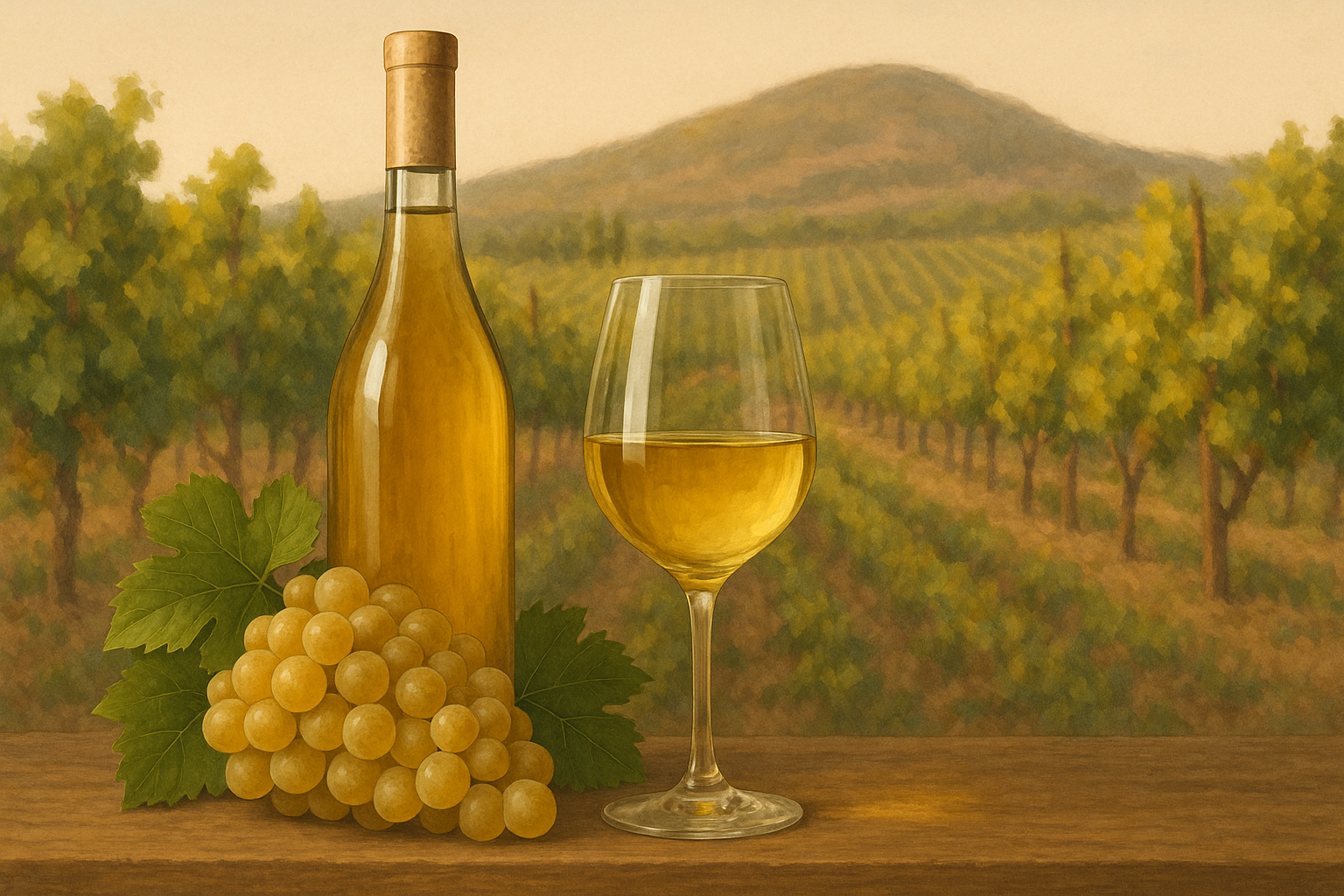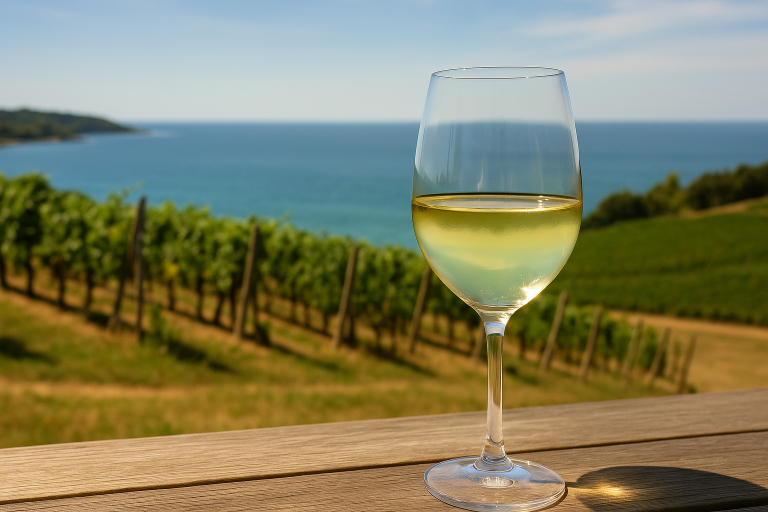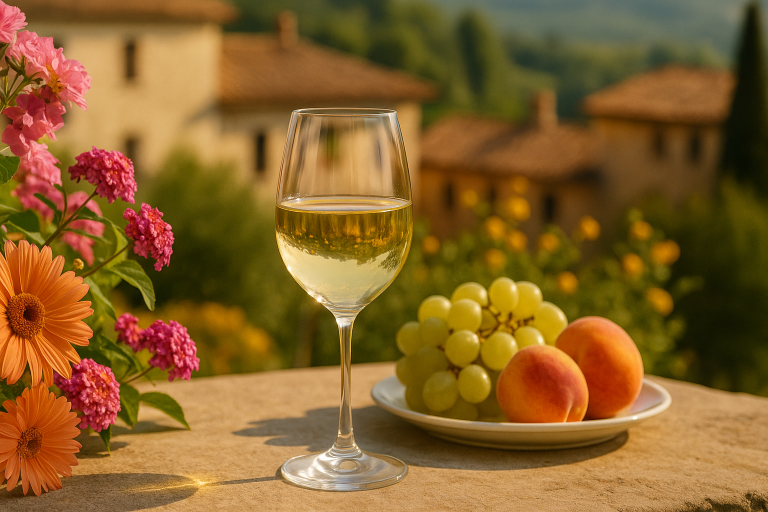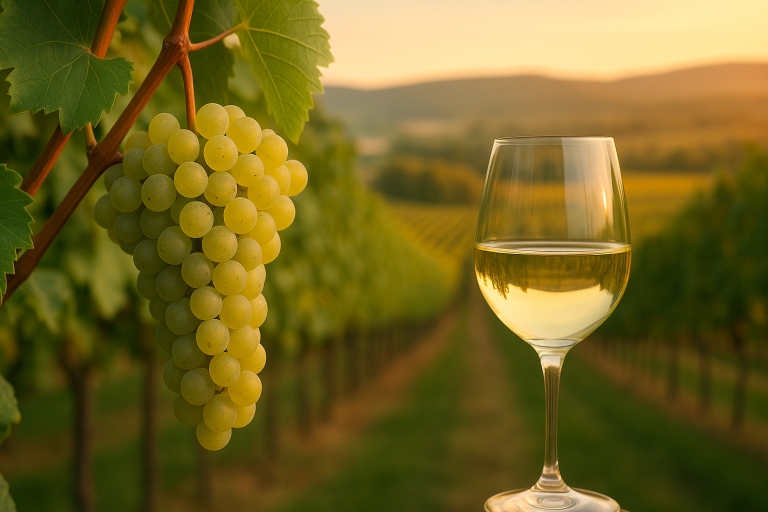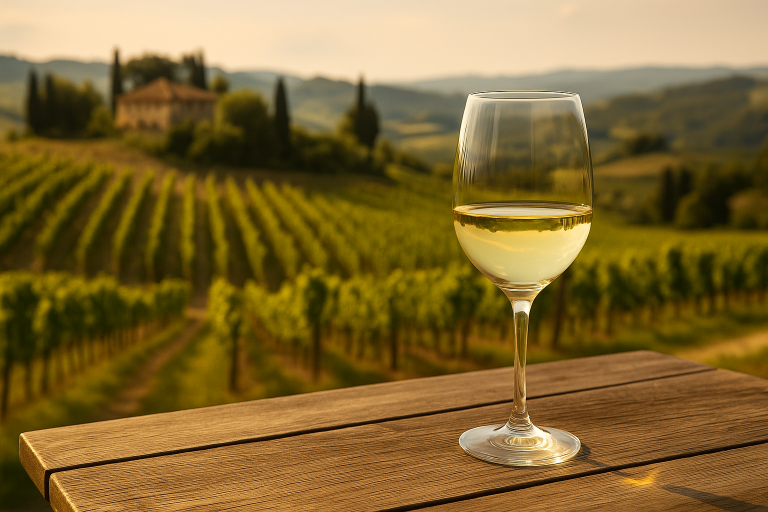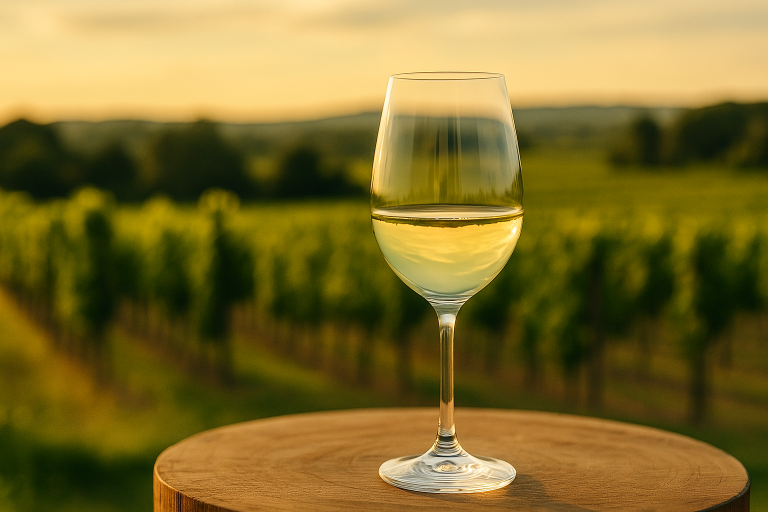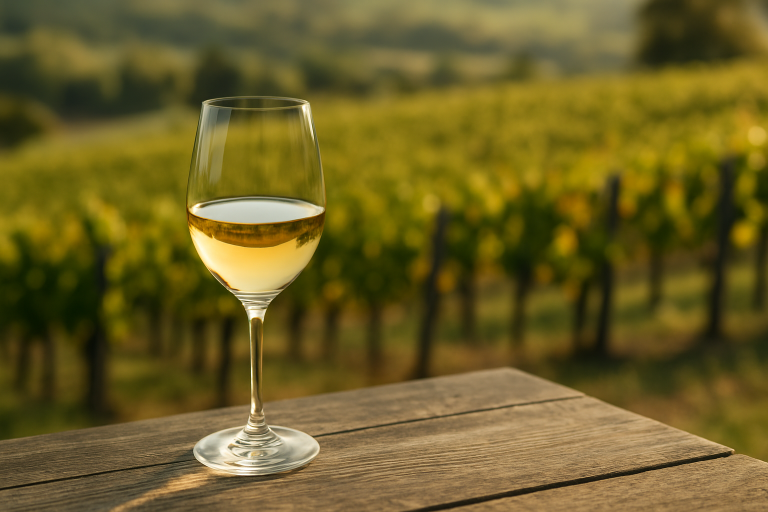Marsanne may not always be the first grape name that comes to mind when wine lovers think of white wines, but this golden-hued varietal has been a cornerstone of Rhône winemaking for centuries. Known for its full body, rich flavors, and graceful aging potential, Marsanne is a grape that reveals its beauty with time and care. Often blended but increasingly celebrated on its own, Marsanne is an elegant yet understated star in the world of white wines.
Description
Marsanne is a white grape variety originating from the northern Rhône Valley of France. It is recognized for producing medium- to full-bodied wines with a rich, rounded texture and moderate acidity. In its youth, Marsanne typically expresses notes of ripe pear, melon, almond, and floral undertones. As it matures, the wine evolves into deeper flavors of honey, nuts, and marzipan with a touch of minerality.
Unlike crisp and zesty whites such as Sauvignon Blanc, Marsanne delivers a softer, weightier mouthfeel, making it an excellent choice for those who enjoy complexity and depth in their wines. It is often blended with Roussanne, which contributes brightness and floral aromatics, balancing Marsanne’s natural richness.
History
Marsanne’s roots run deep in the northern Rhône Valley of France, particularly in regions like Hermitage AOC, Saint-Joseph AOC, and Crozes-Hermitage AOC. It has been cultivated for centuries and is believed to have originated near the village of Marsanne in the Drôme department, which gave the grape its name.
For much of its history, Marsanne played a supporting role in blends with Roussanne, helping to build body and structure. In recent decades, however, winemakers around the world have begun recognizing its standalone potential. Its ability to produce long-lived, age-worthy white wines has made it a favorite among enthusiasts who appreciate complexity and refinement.
Regions Produced
While Marsanne remains most famous in its native Rhône, its cultivation has expanded significantly:
- France: Still dominant in the northern Rhône, with plantings also in the southern Rhône and Provence. Marsanne is often used in both still and sparkling wines.
- Australia: Particularly in Victoria, where it has been grown since the 1860s. Some of the world’s oldest Marsanne vines are found here, producing wines with remarkable character and longevity.
- United States: California’s Central Coast and Washington State have embraced Marsanne, often blending it with Roussanne or bottling it as a varietal wine.
- Switzerland and Spain: Gaining small but steady plantings, often used to craft expressive, terroir-driven wines.
Tasting Notes
Marsanne offers a unique tasting experience that evolves beautifully with age.
- Color: Pale gold in youth, deepening to a rich amber-gold over time.
- Aromas: Ripe pear, melon, white flowers, almond, honey, and nuts.
- Palate: Medium- to full-bodied with a smooth, rounded mouthfeel. Balanced acidity supports flavors of stone fruit, citrus peel, honeycomb, and a subtle herbal edge.
- Finish: Long and elegant, often with mineral or nutty undertones.
When aged, Marsanne develops complex tertiary notes of toasted nuts, honey, and even hints of truffle, making it a fascinating wine to cellar.
Conclusion
Marsanne is a white wine grape that embodies quiet strength—never overpowering, but full of depth and grace. It may not have the instant name recognition of Chardonnay or Sauvignon Blanc, but its distinctive character, ability to age, and versatility at the table make it a true gem for those who take the time to discover it.
From the storied vineyards of the Rhône Valley to the sunlit hills of Victoria and California, Marsanne continues to charm with its understated elegance and golden glow. For wine enthusiasts seeking something refined and memorable, a well-crafted Marsanne is a journey worth taking.

